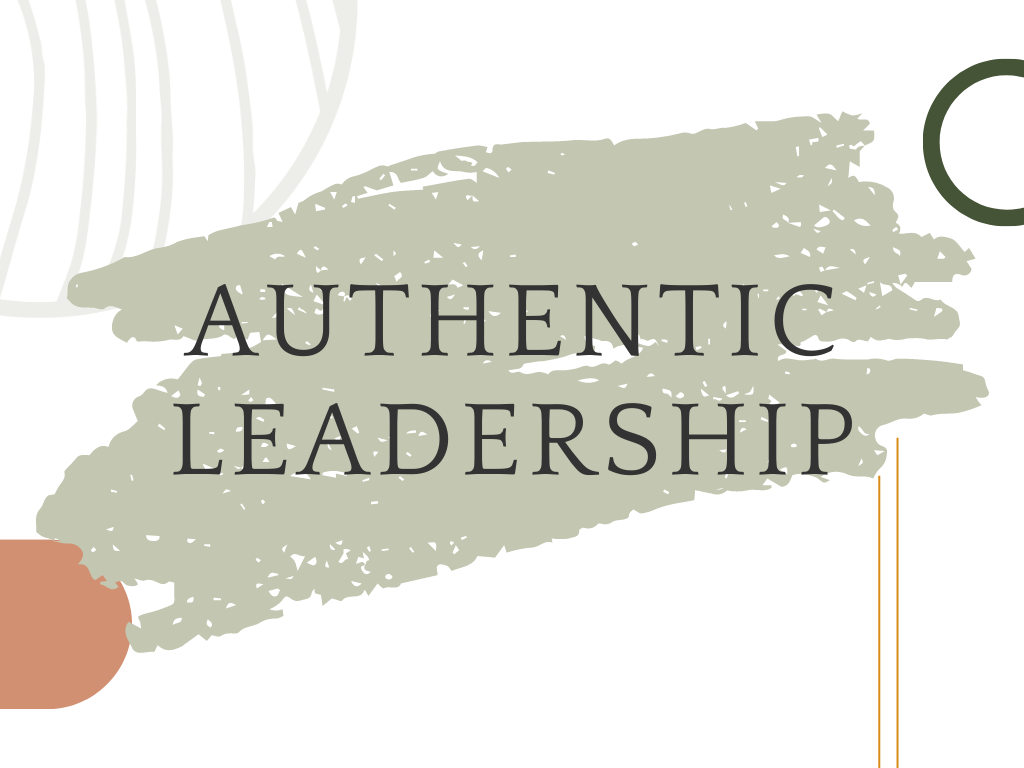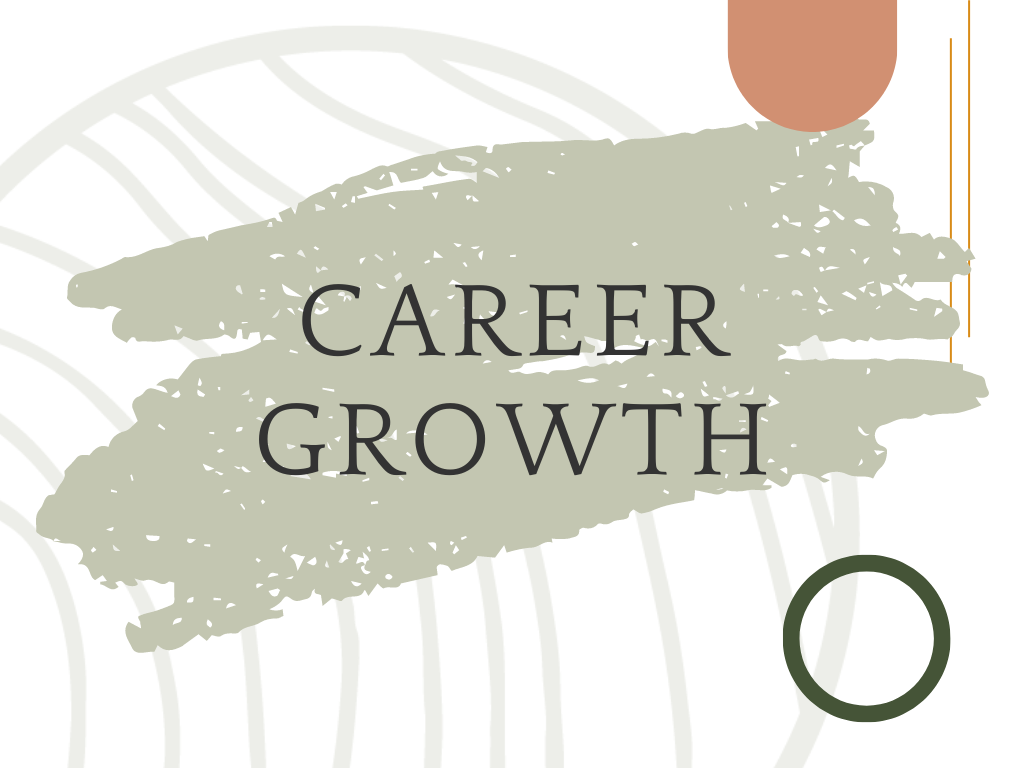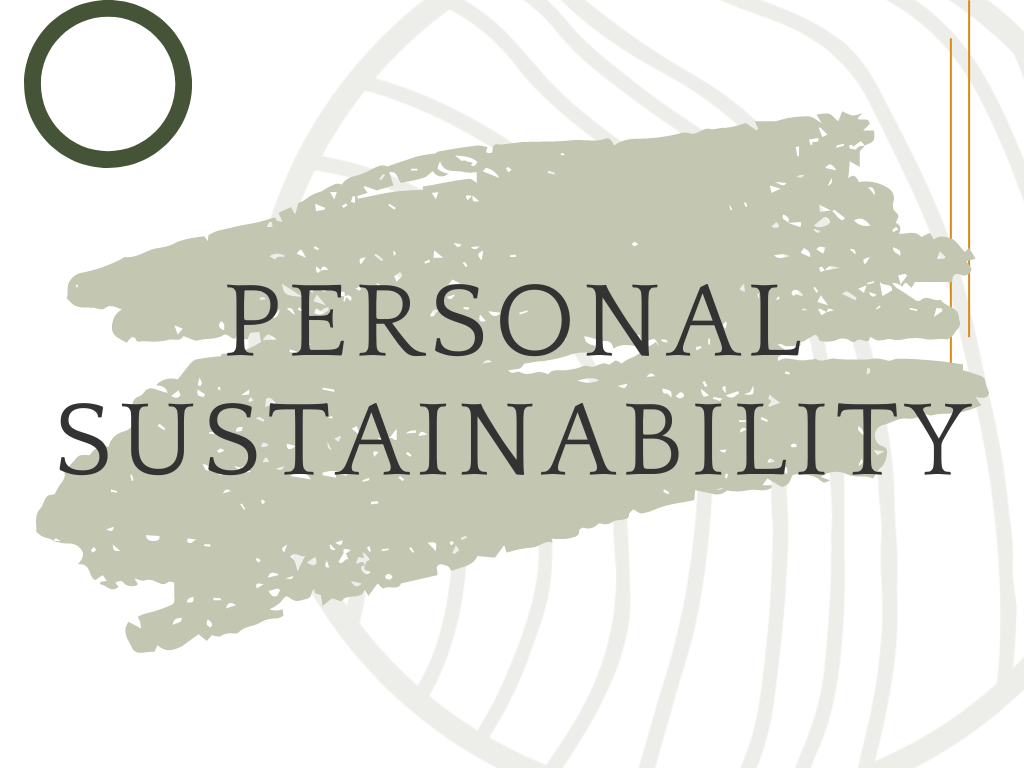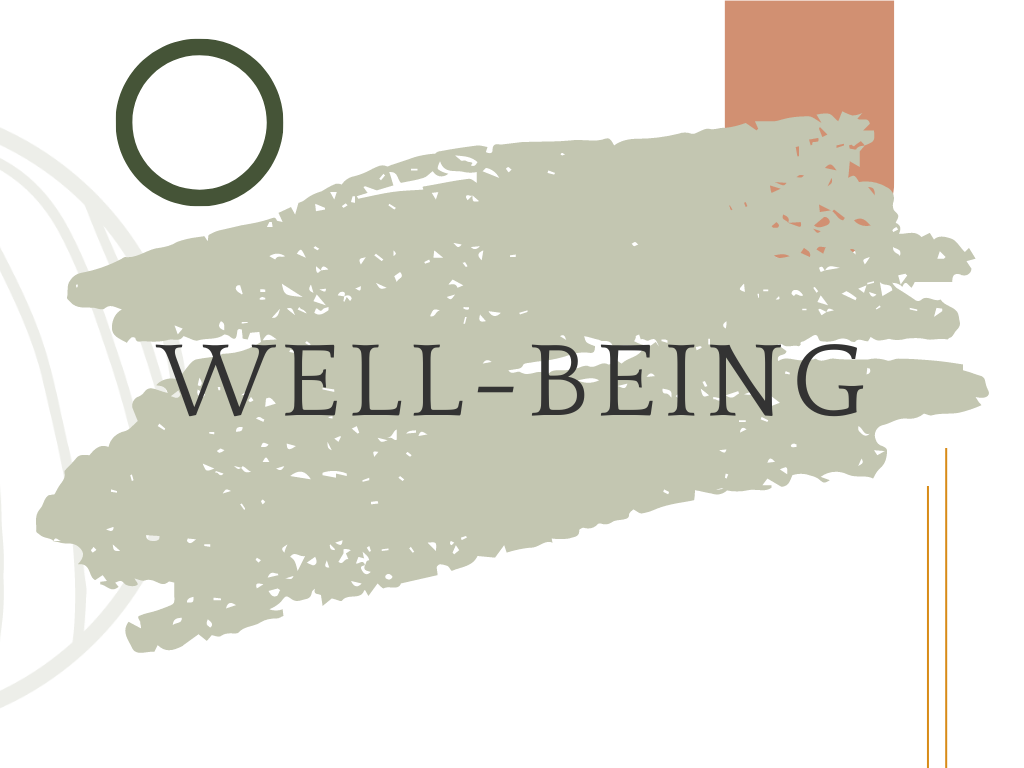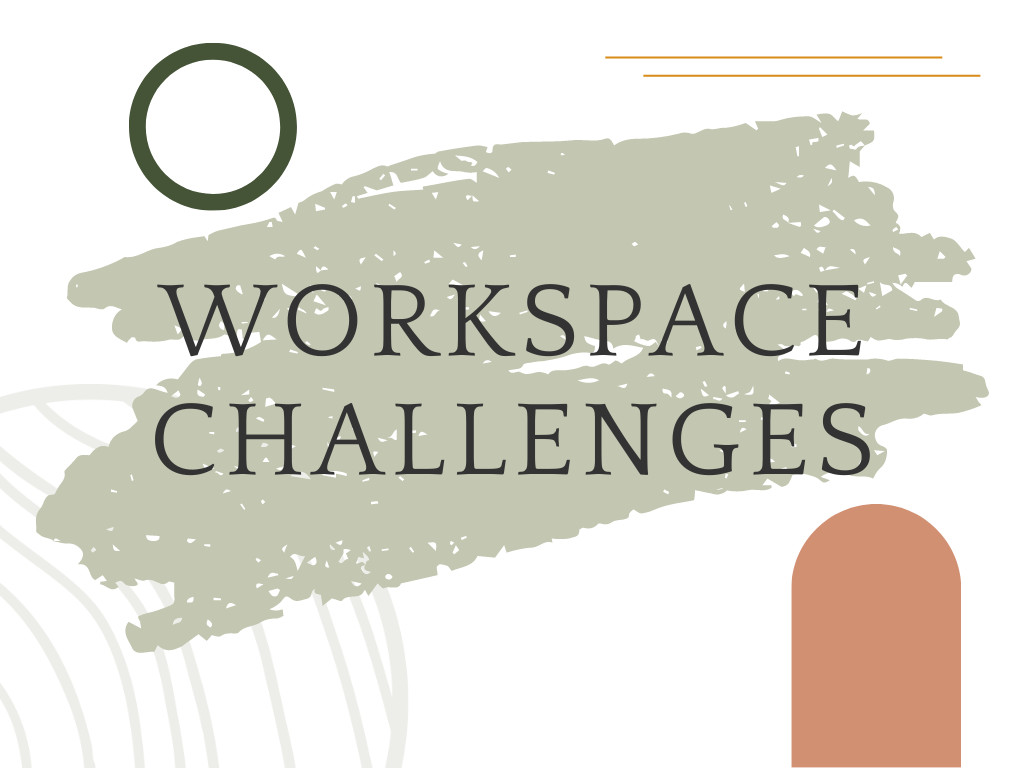
Start your journey to personal sustainability, discover well-being strategies, and achieve balance and happiness now!
Blog
What do you want to explore today?

What Fear of Failure Teaches Us About Leadership
Even the most capable leaders—those driving meaningful change and leading high-performing teams—often carry a quiet fear beneath the surface: the fear of failure. They worry about making the wrong call, disappointing their teams, or jeopardizing the mission they care deeply about. This fear rarely looks like fear. It shows up as perfectionism, over-control, risk aversion, or relentless overwork—behaviors meant to prevent failure but that often create distance, tension, and stagnation instead.
The truth is, failure isn’t a verdict—it’s feedback. Every misstep offers information that fuels learning, growth, and better decisions. When leaders redefine failure as part of progress, they stop letting fear dictate their choices and start modeling courage. In doing so, they create space for innovation, trust, and authentic leadership. Because the real failure isn’t in falling short—it’s in standing still.

Confidence in Action: Building Leadership Through Bold Steps
Confidence is not something you wait to feel before taking action. It is built through action itself. Every time you speak up, take a risk, or make a decision, you strengthen your ability to lead with courage and clarity. True confidence comes from experience, not theory.
Confident leadership is not about being loud or fearless. It is about showing up with steadiness, humility, and purpose even when doubt is present. Each bold step you take builds resilience and reminds you that growth happens in the stretch zone. Confidence is not the absence of fear—it is choosing to move forward anyway.

Confidence in Action: How Small Steps Build Big Impact
Confidence is not something you’re born with or something that suddenly appears when you “feel ready.” It grows through action. Every time you take a small risk—asking a question, sharing an idea, or speaking up—you train your brain to trust that you can handle discomfort.
True confidence is not about perfection or fearlessness. It is about showing up, taking consistent action, and learning through experience. Whether it is setting a boundary, leading a project, or simply standing tall and speaking clearly, each moment builds your belief in yourself. Confidence doesn’t come before action—it grows because of it.

Confidence Isn’t What You Think: Why Leaders Hold Back (and How to Move Forward)
Confidence is not about knowing everything or never feeling doubt. It is the belief that you can learn, adapt, and take the next step even when you are unsure. True confidence is steady and grounded—it grows through action, not perfection.
Many capable professionals, especially women, hold back from opportunities because they wait to feel fully ready. But readiness comes through doing. Each time you speak up, take a risk, or make a decision, you strengthen your confidence muscle. Confidence is not something you have or don’t have. It is a skill you practice, one bold action at a time.

Rethinking Feedback: How to Build Growth Without Breaking Trust
Giving feedback is one of the hardest parts of leadership. It can feel uncomfortable, emotional, or even risky. But when done well, feedback becomes one of the most powerful tools for growth for both the giver and the receiver.
Effective feedback is clear, specific, and rooted in respect. It focuses on observable behavior, not assumptions, and invites reflection instead of delivering a lecture. The goal is not correction; it is cultivation. When leaders make feedback routine, lead with curiosity, and assume positive intent, they create safety and trust. Growth thrives where feedback is consistent, compassionate, and focused on helping people see and strengthen their best work.

The Confidence Myths Holding You Back at Work
Confidence is not something you wait to feel before taking action. It grows through action itself. Every small risk you take, whether asking a question, offering an idea, or speaking up, becomes evidence that you can handle discomfort and uncertainty.
True confidence is not about perfection or approval from others. It is about self-trust, humility, and courage in motion. When you act before you feel ready, you train your brain to see challenge as growth. Over time, those small actions build resilience and belief in your own capability. Confidence is not given; it is built one choice at a time.

Why Leadership Isn’t About Your Title—It’s About Influence
You do not need a title to be a leader. True leadership has little to do with hierarchy and everything to do with how you show up, connect, and create impact. Influence does not come from authority or charm. It comes from authenticity, self-awareness, and the ability to understand others.
Start by leading from your strengths. Notice what energizes you and where you naturally create value. Then, pay attention to how others work and communicate. When you meet people where they are and use your strengths with intention, you inspire trust and collaboration. Leadership is not given. It is practiced every day.

ConFronting your saboteurs: Tackling Mental Fitness
We all have moments when a single email or comment triggers a wave of frustration, anxiety, or self-doubt. In those moments, our inner Darth Vader takes over, filling our minds with negative thoughts that drain our energy and cloud our judgment. These thoughts often lead to reactions that make the situation worse.
But within each of us also lives an inner Jedi—a calm, wise voice that helps us respond instead of react. Strengthening your mental fitness allows you to access that clarity and calm. When you pause, breathe, and look for the opportunity in any challenge, your mindset transforms.

Your best strategies for dealing with challenging co-workers
We all encounter the “difficult” co-worker—the one whose behavior can derail your day and drain your energy. Whether they show up as a bully, a nit-picker, or someone who constantly undermines your work, it’s easy to feel powerless. But while you can’t control how they act, you can control how you engage.
By approaching these relationships with curiosity instead of judgment, you begin to understand what drives their behavior. When you adopt a level-headed mindset and tailor your strategy to their needs, you shift from frustration to empowerment. Small, intentional changes can transform tense interactions into productive ones.

It’s time for managers to focus on well-being – not just burnout.
The past few years have reminded us that well-being is not a luxury—it is essential. Burnout, stress, and blurred boundaries between work and life have exposed how deeply our personal and professional well-being are connected. Yet many workplaces still treat them as separate.
True well-being goes beyond wellness programs or gym stipends. It encompasses career satisfaction, meaningful relationships, financial stability, physical health, and a sense of community. When organizations prioritize these elements, engagement, performance, and fulfillment rise together. Supporting the whole person is no longer optional—it is the foundation of a thriving, resilient, and sustainable workforce.

Want to be more compatible with your co-workers? Know their communications style.
Most workplace challenges come down to one thing: poor communication. Misunderstandings, missed deadlines, and strained relationships often stem from mismatched communication styles, not from a lack of effort. We are communicating more than ever, yet often connecting less.
Building communication compatibility begins with understanding how others prefer to interact. Instead of relying on your own style, ask yourself how your colleague receives information, makes decisions, and builds trust. When you adjust your approach to meet others where they are, collaboration strengthens. Communication is not about talking more—it is about listening better and aligning with intention.

What sets great managers apart?
The best managers know that great leadership is not about fixing weaknesses but about amplifying strengths. Every person brings unique talents to the table, and when those strengths are recognized and intentionally applied, performance, accountability, and innovation thrive.
Strengths-based management begins with curiosity. Ask your team what energizes them, when they feel most effective, and how they learn best. Align their natural talents with meaningful work, and you’ll unlock both confidence and results. When individuals are encouraged to do more of what they do best, teams become stronger, trust deepens, and everyone’s impact grows.

How to Create Your Own Brand of Authenticity in the Workplace: 5 Questions to Get Started
Authenticity at work is more than a trend; it is a key driver of creativity, trust, and well-being. Yet many professionals struggle to understand what it truly means to “bring their real selves” to the workplace. Culture plays a powerful role in shaping how much of ourselves we show, and the pressure to fit in often overshadows the desire to be genuine.
Being authentic starts with self-awareness. Ask yourself what parts of your identity you may be covering and what feels true to share. Authenticity grows in small, intentional steps, leading to deeper relationships, greater confidence, and genuine fulfillment at work.

How to Unearth Your Strengths and Find Career and Life Fulfillment
Most people confuse skills with strengths, but the two are very different. A strength is not simply something you are good at; it is something that feels instinctive, energizing, and natural. When you use a strength, time seems to disappear, and you finish with more energy than you started with.
Discovering your strengths requires reflection. Ask yourself when you feel most alive, what others admire in you, and what success means to you. Pay attention to the activities that make you feel powerful and engaged. The more you invest in your natural strengths, the more fulfilling your career and life become.

